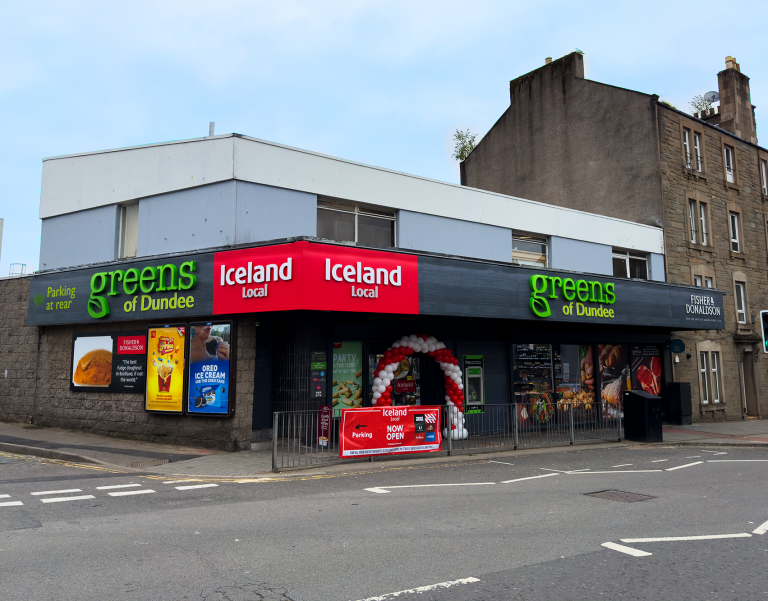A recent SGF seminar held in Glasgow covered many aspects of the industry, from illicit trade, to lobbying, shopper behaviour and current trends. The key message from all is that partnerships are required to keep every aspect of the industry moving.
As part of its pledge to continually keep its members informed about the retail landscape, SGF held a seminar in Glasgow last month which included presentations from a wide range of speakers. The key message that emerged is that partnerships are required in all aspects of convenience retailing if it is to prosper. Individually, a retailer can certainly run his or her business, but it is only by pooling resources and collective engagement that the industry can truly thrive. First to speak was ACS Chief Executive James Lowman, who pointed out that Scottish retailers are more optimistic about the future than their English counterparts. He discussed how politicians are united by a move toward localism. “There’s a consensus that more decisions should be made locally and that those will be better decisions,” he said. “We’re seeing it in areas like planning, and alcohol licensing. It’s a good thing that we are closer to the decisions that are made but it raises challenges that we have to confront.”
These challenges include the future of our high streets – the increase in betting shops, pay day loan company shops and fast food outlets were noted. Another major issue that Lowman mentioned was the continual blaming of local retailers for drinking problems. “Our sector is defined as being a source of high strength alcohol for street drinkers and the social concerns over this is an issue.” He pointed out the 91 schemes across England and Wales where councils have worked with retailers to reduce the availability of some strong alcohol products – the Ipswich Redcuce the Strength campaign has seen retailers withdraw beer and cider above 6.5%. “There has been an impact. The challenge for retailers who drop out the scheme is the pressure this puts on them; it’s voluntary backed up with muscle and we will see more pressure on retailers licences. We need to distinguish between good and bad schemes.” His overall message was that working in partnership can benefit the industry: “We need calm, rational dialogue around partnership working”, he said. Next up to the podium was SGF’s John Lee who revealed the SGF was building closer ties with HMRC in a bid to help clamp down on the illicit trade (see p7). With SGF becoming a Human Intelligence Source, retailers can now contact the SGF anonymously and any information will be sensitively handed over to the Scottish Anti-Illicit Trade Group. “We believe retailers have been reluctant to speak up and we have to create a paradigm shift in that,” said Lee. “Members can share with us and we can pass on to the task force anonymously. This will ensure the right information goes to the right person. It is a huge step forward to help beat the illicit trade.” Lee pointed out that this is the first time the convenience sector has been represented on the SAITG.
“Illicit alcohol is a widespread problem,” he added. “Intelligence is the key to effective enforcement. Without it they are working I the dark.” Moving onto more a tangible aspect of the industry, Ed Sibley from him! looked at convenience sector last, present and future. “Print press has been in massive decline due to technology, but the footfall in libraries has been stable,” he said. “The point is at they’ve changed the way they do business and the reasons people visit them has changed. It’s about changing the way you attract people to the business. This can be used in convenience stores.” Sibley went on to explain that the reasons people visit their local store has changed, that retailers are looking at new ways to drive footfall. “Even in the last year we’ve seen huge changes, like convenience stores moving into discounting; there’s the blurring of the lines and customers don’t look at each channel the same way.” To illustrate this, he pointed to a Waitrose next door to an Iceland store, and how forecourts are now c-stores and food-to-go operations. He said that customer service, meal occasions and acting locally would be three key drivers in the future. “Just 69% of people know what they’re having for dinner at 4pm the same day. There is huge potential for convenience stores in this area.
The evening meal solution opportunity provides twice the visit occasions of lunch to go.” Following an interesting look at just what shoppers think ‘local’ means (26% say its within 20 miles of the store, 20% say 10 miles and 13% say the UK is local) Sibley moved aside for SGF’s John Drummond to give an update on the SGF Healthy Living Project, which is now in 1,237 stores and targeted to hit 1,650, though targets were being reviewed in the pursuit of quality over quantity. Also speaking on the day were retailer Shaun Marwaha, licensing lawyer Tom Johnstone, who reminded retailers of the importance of getting their refresher PLH training complete by 1st September, and Linda Gray from Trading Standards in Glasgow, who gave an interesting talk on the fight against the illicit trade – again highlighting the importance of different parties working together for the collective good.








